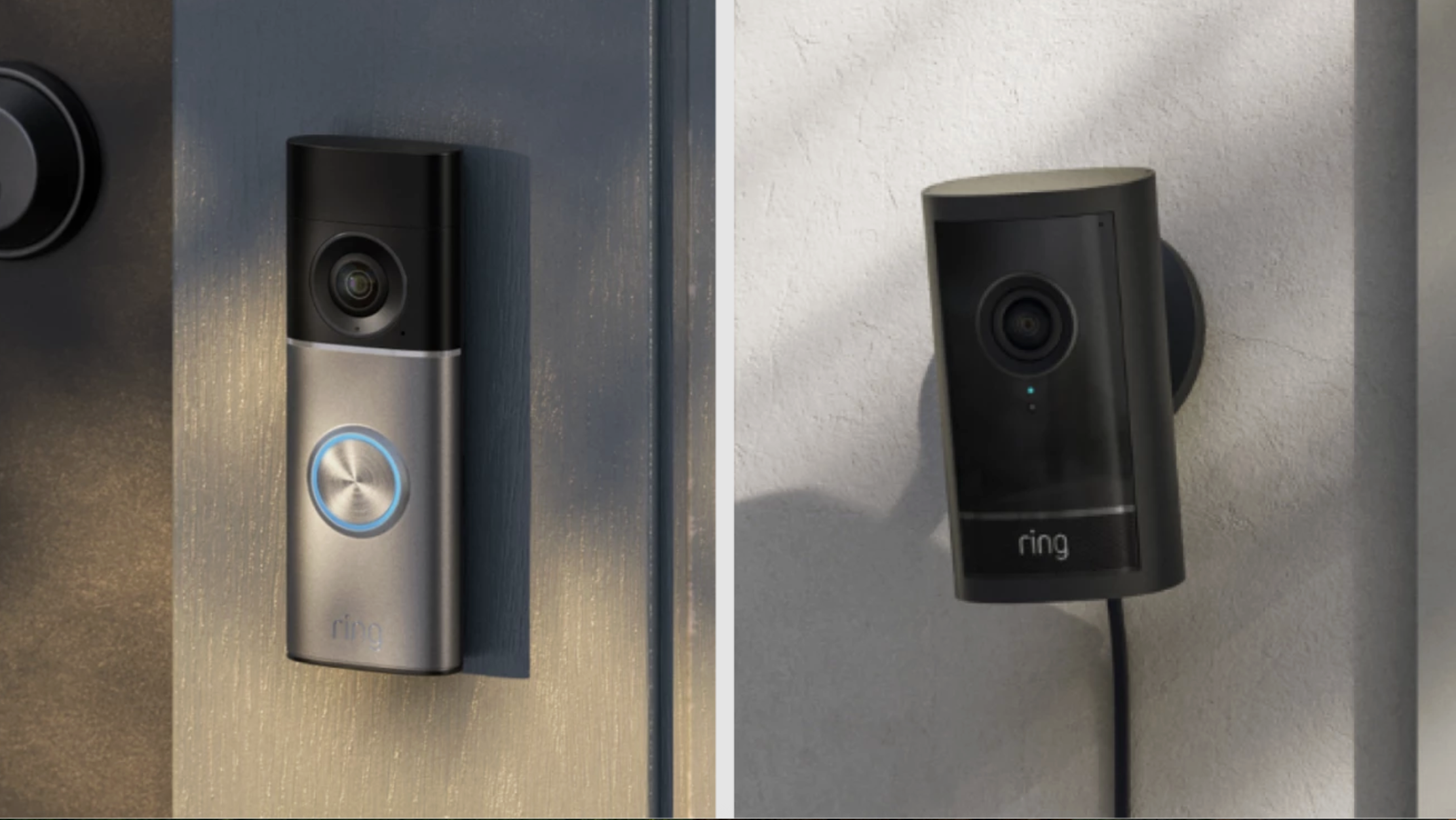How to work with people – Part 3: posing with limbs
Pro portrait and lifestyle photographer Holly Wren shares her advice on the skills you need to shoot successful portraits
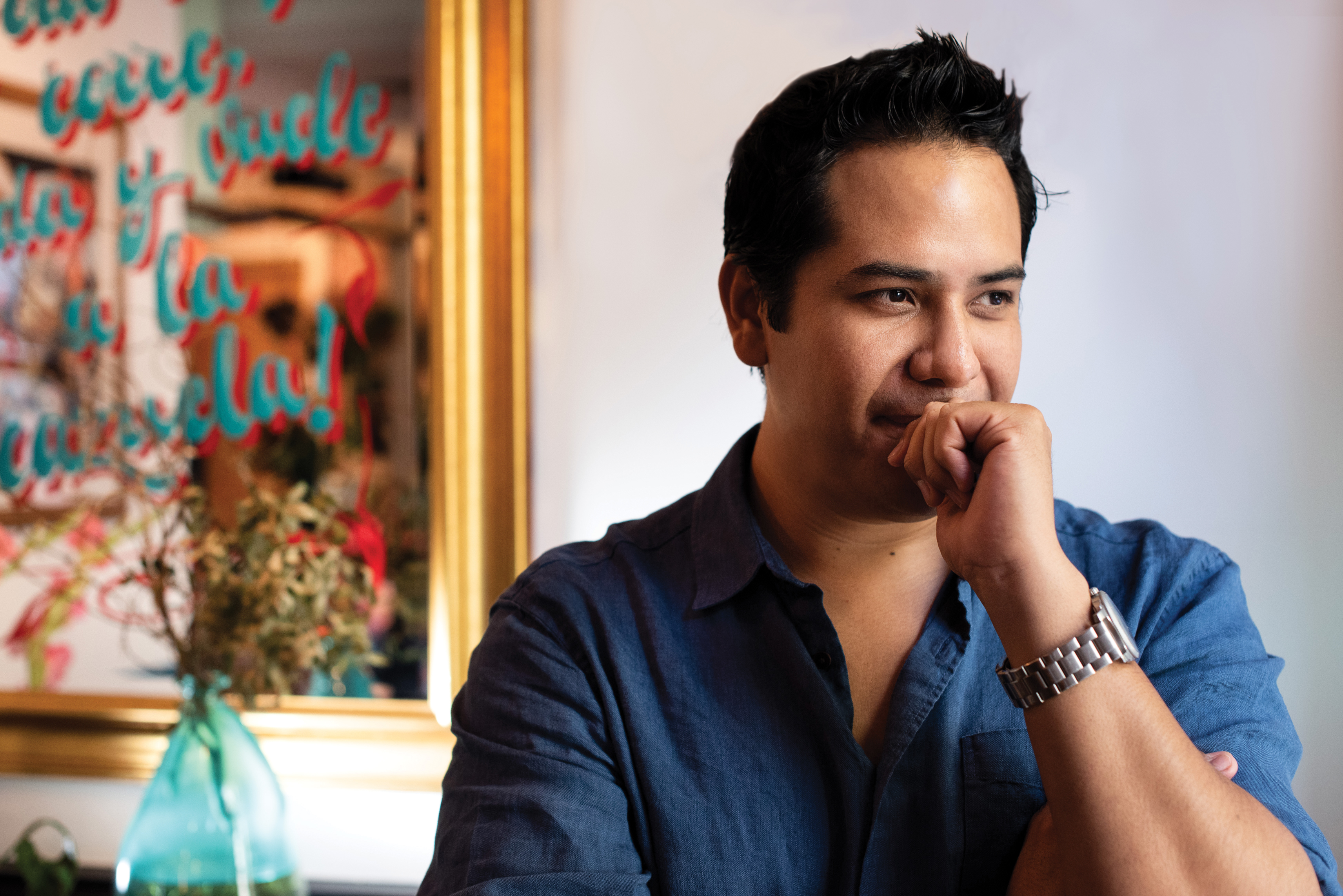

Holly is a UK-based commercial advertising photographer who specialises in portraits and lifestyle imagery. Her passion is to photograph people, the folk that she meets along the way, and she often shares her portrait technique and lighting advice in Digital Photographer magazine.
www.hollywren.com
I often find the most awkward thing for subjects is what they do with their hands or limbs, and although I play it down to them, where and how their limbs are placed can make all the difference. They shouldn’t be distracting or awkward, and need attention as part of the subject’s stance or pose.
Every person you photograph is an individual, and so are the adjustments you’ll want to make. You might be taking a series of images that follow the same format, but with photography it is never ‘one size fits all’, so be aware of the person in front of your lens, and their body proportions and stance.
I advise firstly that you want them to be as natural as possible, so don’t ask the person to do something with their position, stance or limbs that feels completely unnatural for them, because it will be very obvious in the final image that they weren’t comfortable.
My start point is to ask them to stand/sit or pose how they’d like to, and then I work from there to correct and adjust so it looks as good in-camera as possible. I always begin by taking a shot and looking at it as an image, as that often looks different to how you see it with the naked eye.
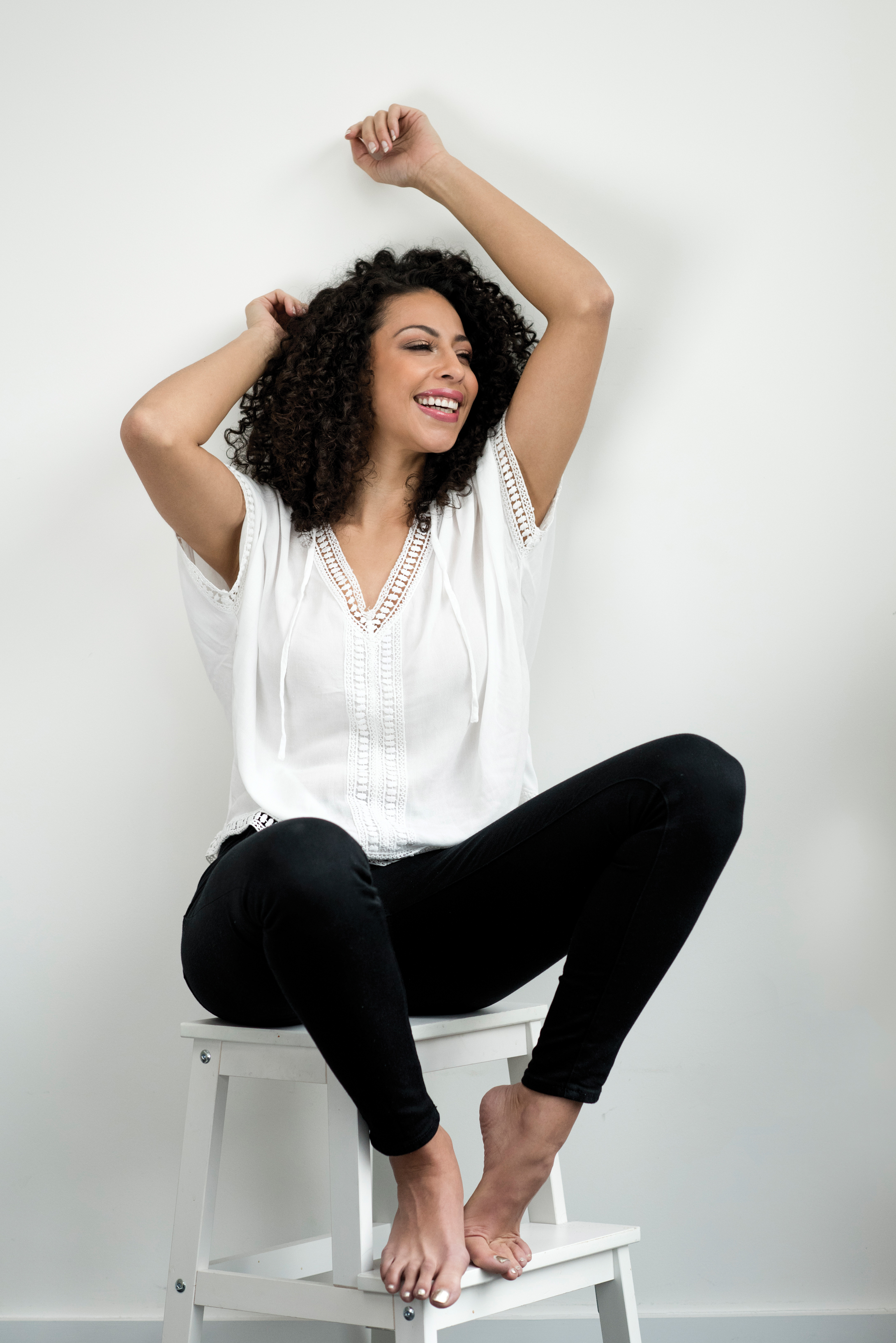
Hands and limbs can play an important part in any portrait, but how and when you use them needs to be carefully considered
Holly Wren
It’s always good to advise someone when their hands will not appear in the image, because this might help them relax, but bear in mind the position of hands affects shoulders, which will be visible even in a headshot.
Keep an eye out for clawed hands or positions that magnify parts of the body you don’t want; the part of the body closest to the camera will appear the biggest, so don’t ask someone with a small body frame to lean into the camera, as you’ll make their head size exaggerate and their body shrink.
Looking out for these things is really about paying attention to the details, but it is these small parts that create the sum of an amazing image. And remember you can always eliminate certain elements, so if a part of the body just isn’t working or looks distracting, then crop it out of the shot.
The best camera deals, reviews, product advice, and unmissable photography news, direct to your inbox!
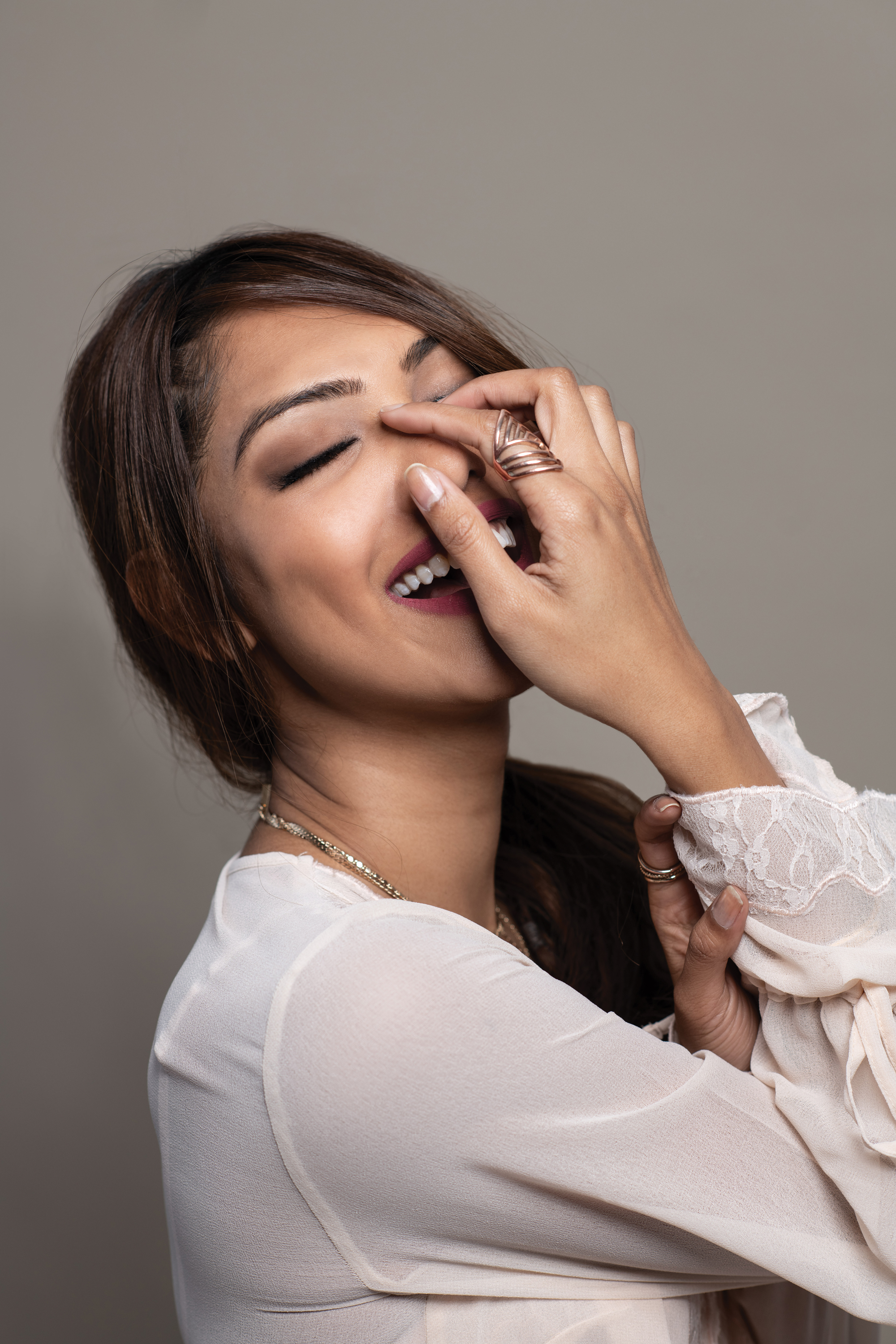
Quick fixes for common problems with posing
- Awkward hands
Often people struggle to know what to do with their hands. A solution is to give them something to do, whether that’s holding a prop, crossing their arms or leaning on a chair. - I hate my teeth
Lots of people refuse to smile because they hate their teeth. I find that reassuring them while working within their limits helps. Offer closed-mouth alternatives, or suggest a fix
in post-production. - Badly fitting clothes
Often this makes an otherwise sharp image look sloppy. You can use clips to pin back necklines or shirts, or consider cropping tighter to eliminate this as a distraction. - Looking too staged
Often a person may look too placed, especially after you’ve directed them into the shot. I try shaking it off, literally. Get them to shake out and start over, a reset often helps! - Dead eyes
People often stop being engaging in the eyes the moment you raise your camera. I talk to my subjects, and ask them to play a character or scenario in their heads, which helps them to look engaged. - Can’t smile, won’t smile
It is often harder for people to smile sincerely. To relax the atmosphere I often ask them to look off camera and laugh first, before getting them to do it straight down the lens. - Over-posing
Occasionally you’ll have subjects that insist on striking a pose. I advise you run with it, get a few shots that way then suggest alternatives, and hopefully prove that less is more.
Read more:
• The best camera for portraits
• The best photography lighting kits
• Portrait photography tips: how to practice portrait lighting without a model
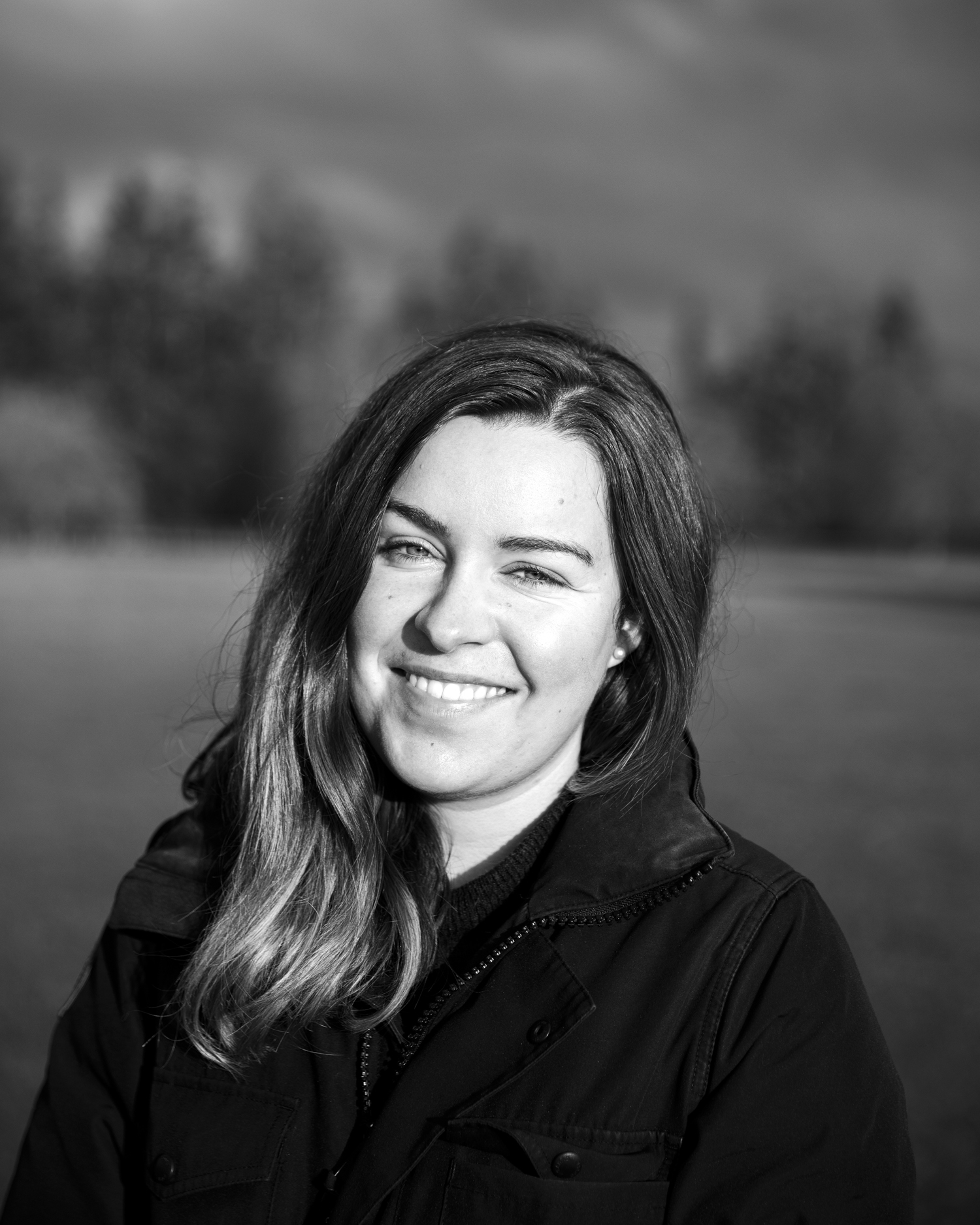
Lauren is a writer, reviewer, and photographer with ten years of experience in the camera industry. She's the former Managing Editor of Digital Camera World, and previously served as Editor of Digital Photographer magazine, Technique editor for PhotoPlus: The Canon Magazine, and Deputy Editor of our sister publication, Digital Camera Magazine. An experienced journalist and freelance photographer, Lauren also has bylines at Tech Radar, Space.com, Canon Europe, PCGamesN, T3, Stuff, and British Airways' in-flight magazine. When she's not testing gear for DCW, she's probably in the kitchen testing yet another new curry recipe or walking in the Cotswolds with her Flat-coated Retriever.
